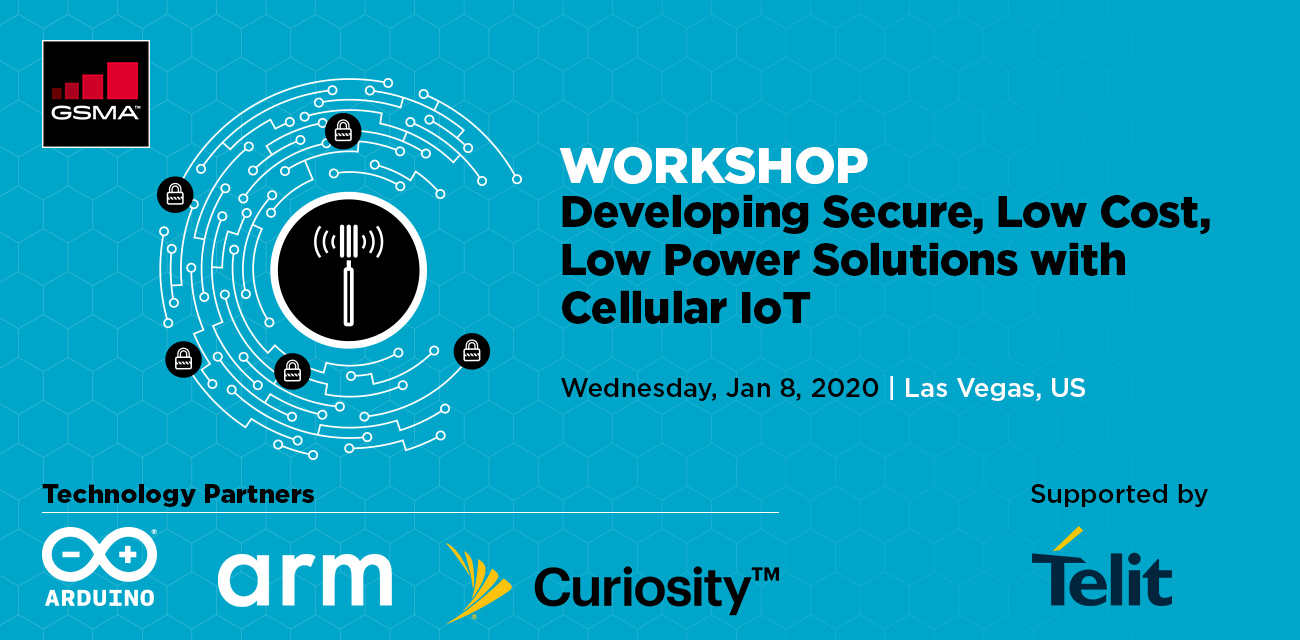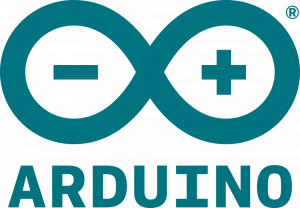Developing Secure, Low Cost, Low Power Solutions with Cellular IoT at CES2020
LTE-M and NB-IoT are low cost, low power wide area (LPWA) cellular technologies that combine long battery lives with extended indoors and outdoors coverage.
With networks, tariffs, modules and developer toolkits at the ready, all it needs are innovative product and solution developers to build the next generation of IoT devices.
Join one of three workshops where technical experts from leading companies in the mobile industry will help you to:
- Understand the potential and technical capabilities of cellular IoT
- Learn about the end-to-end development of IoT solutions
- Understand why and how to build in security from the beginning
This event is free to attend and a CES pass is not required.
Complimentary networking lunch is provided from 1:30 – 2:00pm.
Technology Partners
Who Should Attend?
The workshops are practical hands-on sessions aimed at hardware and software developers/engineers, technical decision makers, IoT solution architects and similar who are working on the connectivity aspects of their products and solutions.
You may either look to break into the IoT space, or you may already have an offering and are looking to improve your solution with LTE-M/NB-IoT.
This event is not suitable for students.
Required Kit
You will need to bring your own laptop on the day. We will send you instructions on how to pre-load software before you attend, so keep an eye on your inbox.
Complimentary lunch and refreshments will be provided.
Workshops
We are running three parallel workshop streams. Find out more about each workshop below, and then choose which stream you’d like to attend when applying to register.
Stream 1: Arm & Arduino
Low-Code Business Applications with Mobile IoT
Arduino will give you practical steps to connect business logic with IoT sensor data securely and faster than ever before using Arduino IoT Cloud. Arduino is the world’s leading open-source IoT ecosystem with 30 million users worldwide. Built on Arm technology, a new generation of Arduino solutions brings professional users the best of both worlds in terms of simplicity of integration and a scalable, secure, globally available service.
Expert Speakers
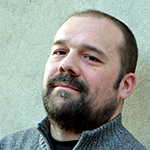
Massimo Banzi
Co-Founder, Arduino
Massimo Banzi is the co-founder of Arduino. He is an Interaction Designer, Educator and Open Source Hardware advocate.

Arturo Guadalupi
Engineer, Arduino

Dominic Pajak
VP Business Development, Arduino
Dominic previously led tiny Cortex-M processors at Arm that have now shipped in the billions alongside sensors and low-power connectivity applications. Today he works at Arduino on making technologies like machine learning and cellular IoT accessible to everyone.

Dr Shane Rooney
Senior Technical Director, GSMA
Shane Rooney is a Senior Technical Director at the GSMA, leading activities in IoT and bringing together strategies and synergies across industry verticals and wider IoT ecosystems. Shane had previously led the GSMA’s initiative in developing mobile solutions in Smart Cities and collaborating with cities like Barcelona, Dubai and Shanghai. His team has developed a wider range of Smart City Indicators, Case Studies and Business Cases demonstrating the importance of mobile technology. His team also have developed enablers in IoT Security and embedded SIM. He has led the launch of the Cellular LPWA Networks Technology (LTE-M and NB-IoT) initiative globally and is now promoting Cellular V2X technology. Previously he has been a Group Vice President with Etisalat, developing solutions for Energy, Security and Transport IoT solutions for Middle East, Africa and Asia. Before that he has worked with other Mobile Operators, Vodafone, Hutchison and 3 UK as well as launching and divesting of his own M2M company. Shane pioneered early telematics and connected car solutions for Ford Motor Company in the USA and Europe. He has extensive Global experience. He holds a PhD in Communications Systems specialising in Location Based Services and studied Business Marketing at IMD Switzerland.
| Time | Agenda |
| 1:30 – 2:00pm | Networking Lunch & Registration |
| 2:00 – 2:10pm | Welcome & Introduction |
| 2:10 – 2:40pm | Setup We’ll setup the Arduino MKR NB 1500 and build some simple demo programs to get you started. You will learn about the board, its components and how you can build connected devices with it. |
| 2:40 – 3:00pm | Hello IoT World We’ll build a simple device you will be able to control and monitor anywhere in the world with cellular coverage. |
| 3:00 – 3:30pm | Connecting the Device You will connect the device over cellular to the cloud. This only requires a few simple clicks to achieve, but behind the scenes is using industry standard X.509 certificate-based authentication and an onboard crypto chip to secure the data. |
| 3:30 – 4:00pm | Building IoT Applications We’ll experiment with controlling the device from the cloud, and connect sensors to the board and show how the data can be monitored in the cloud and used in other applications. |
Stream 2: Sprint Curiosity
In this workshop, learn how to leverage Curiosity IoT – the network built for software – for connectivity, device and data management of Mobile IoT solutions, as well as security best practices, including the advantages of using dedicated servers. Technical experts from Sprint and Packet will also demonstrate application enablement and services consumption for IoT solutions, as well as co-hosting application and analytics services in the mobile core.
Participants in this session will receive a free Curiosity IoT Development Kit to take home.
Expert Speakers

Ricky Singh
Director of IoT Products & Solutions, Sprint
As a part of the IoT leadership team at Sprint, Ricky leads the strategic direction, development and execution of the Sprint IoT product and solutions portfolio. Bringing together deep industry knowledge and business acumen, Ricky is tasked with developing market-leading horizontal and vertical solutions that drive meaningful growth for Sprint.
Ricky is a results-driven digital business leader with a track record of solving complex challenges by applying technology and design-driven thinking. He leverages his skills in corporate strategy, business development, and a digital-first approach to deliver measurable outcomes. He has expertise in digital, mobile, and IoT business models & platforms.
Before joining Sprint’s IoT leadership team, Ricky spent 14+ years consulting global technology companies and leaders while at Accenture and through his own consultancy, which came to bear after several years of owning his own business in wireless retail locations across multiple carriers.
Ricky has a Bachelor of Science Degree in Information Systems Operations Management from George Mason University.
When he’s not working on IoT Products and solutions for Sprint, Ricky likes to spend time with his family in Washington DC, as well as cycling around town (when the weather is nice!), experiencing various cuisines, and working on toys in the garage!
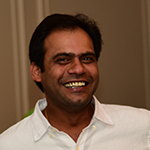
Naidu Vattigunta
Technical Manager, IoT Products & Solutions, Sprint
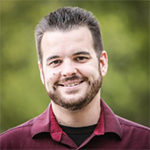
Cody Hill
Field CTO, Packet
Cody Hill is Field CTO at Packet, where he helps Enterprises and large SaaS companies take advantage of Packet’s platform. Previously the Director of Technology at Platform9 — a ventured backed managed hybrid cloud provider — Cody also served as Lead Cloud Architect at General Electric. With over 15 years’ experience operating production infrastructure at global scale, Cody leverages his deep knowledge of VMware, Openstack, Kubernetes and the DevOps ecosystem to accelerate customers on Packet.

Amaia White
IoT Programme Manager, GSMA
Amaia is the Senior Project Manager for the GSMA’s Mobile IoT Initiative, which is supporting the industry in delivering commercial LPWA solutions in licensed spectrum (Mobile IoT). Leading a team of project managers, she runs and coordinates the delivery of numerous projects and industry engagement activities within the initiative that are aimed at accelerating the commercial availability of new solutions and the accelerated growth of the wider ecosystem. Prior to this Amaia has managed a number of projects both within Mobile IoT, and the Technology and Programme Services teams at the GSMA. She holds a BA in Linguistics from Leeds University and is a Prince2 qualified Project Manager.
| Time | Agenda |
| 1:30 – 2:00pm | Networking Lunch & Registration |
| 2:00 – 2:10pm | Welcome & Introduction |
| 2:10 – 2:40pm | Curiosity IoT Curiosity IoT puts intelligence at the edge of the network by combining Curiosity™ Core, the first dedicated, distributed and virtualised IoT network — a network built for software — with Curiosity™ OS, an integrated IoT operating system |
| 2:40 – 3:00pm | Create an Edge-to-Cloud Pipeline Using Sprint’s Curiosity IoT Development Kit, and cloud-native, open source tools, learn how to process IoT data using Container Orchestration such as Kubernetes clusters and Docker Containers, utilising the Packet Cloud, alongside Sprint’s IoT Curiosity Platform. Developers will be demonstrated on the device on-boarding process, with a walkthrough of the Curiosity portal and the dev kit integration with a single board computer like Raspberry Pi. |
| 3:00 – 3:20pm | IoT Data Warehousing & Security Learn how the Curiosity OS securely communicates through a password protected API and using role based access, and traffic travels through redundant IPSec VPN tunnels. Set up secure centralised data stores using serverless computing in edge datacenters, while at the same time persisting data collected from sensor devices in a centralised SQL compatible BI data warehouse. See data collected from a Curiosity device to a data warehouse and explore existing data stores generated by a fleet of Sprint Curiosity edge devices. |
| 3:20 – 3:40pm | Function as a Service Learn how Sprint Curiosity OS integrates with Edge distributed function-as-service solutions. Function-as-service means that you only need to focus on the logic of your server-side application. Learn to author and deploy a simple serverless application invoking the function from a Sprint Curiosity OS enabled device. Connect to the nearest Packet edge datacenter for low-latency response and deploy your serverless application to multiple edge datacenters and devices from a single push. |
| 3:40 – 4:00pm | Q&A |
Stream 3: Telit
In this workshop, you will take the Telit ME910C1, one of industry’s most widely certified Mobile IoT modules for a test drive and also experiment with OneEdge, Telit’s software suite to secure and scale mobile IoT deployments with unrivaled ease. The ME910C1 is an LTE-M/NB-IoT module that’s tailored for IoT applications, offering compact size, low-power consumption and enhanced coverage.
As a participant in the workshop, you will receive Telit’s evaluation kit, mounted with an ME910C1 module free of charge.
Expert Speakers

Kenneth Bednasz
VP Application Engineering, Telit
Kenneth Bednasz is the Vice President of Application Engineering for Telit and is responsible for the technical support and module certification for Telit’s products. Ken has been with Telit since 2006 and has been instrumental in leading innovative product introductions with North American network operators.
Ken has over 20 years of experience in the cellular industry. Prior to Telit, he worked for Sony Ericsson Mobile Communications and holds multiple patents and publications in the area of cellular communications. He earned a degree in electrical engineering from the Rochester Institute of Technology in New York.

Rhonda Bass
Field Applications Engineer, Telit
Rhonda is currently a Field Applications Engineer at Telit and has over 13 years of experience in wireless technology, specifically in IoT. She has worked at various technology companies in San Diego and held different positions such as a network technician, wireless lab technician, technical service manager and senior solutions engineer. Her career focus has been on wireless cellular modules. Prior to Telit, Bass was the Director of Solution Engineering and Technical Services at a cellular module distribution company.
Bass is fluent in English and Tagalog, a native dialect Visayan of Mindanao, Philippines. She attended California College of San Diego where she received an Associates Degree in Network Engineering and a Bachelor’s in Computer Science. Bass is currently pursuing an engineering degree in Electrical and Electronics at Michigan Technological University.
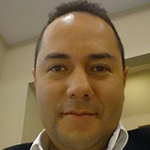
Andres Gamboa
Field Applications Engineer Manager, Telit
Andres Gamboa is the Field Applications Engineer Manager for Cellular and GNSS technologies at Telit with over 15 years of experience in the IoT industry, wireless technologies, hardware design, wireless networks and IoT platforms. As part of the Applications Engineering team at Telit, Andres is responsible to lead the team that provides technical support for Telit modules SW/HW integration on customer applications and during the certification process with customer devices.
Prior to Telit, Andres was the IoT Solutions Architect for wireless products at a design services company. Andres started his career with Sony Ericsson working with mobile and wireless cellular modules where he gained extensive experience in IoT, M2M, mobile network operators and vertical markets. Andres has a Bachelor of Science degree in Electrical Engineering. He also attended a School for Antennas in Europe where he received an Associates Degree in Antenna Design.
| Time | Agenda |
| 1:30 – 2:00pm | Networking Lunch & Registration |
| 2:00 – 2:10pm | Welcome & Introduction |
| 2:10 – 2:30pm | Cellular Roadmap and Key Feature Sets for LTE-M and NB-IoT |
| 2:30 – 3:30pm | Telit OneEdge Secure, prepackaged software suite embedded within the module. Learn about centralised device management, edge intelligence, enterprise integration, embedded security and connectivity & service management – the 5 keys to unlock next-generation cellular IoT. Here we will cover connection manager, FOTA and LWM2M. |
| 3:30 – 4:00pm | Telit IoT AppZone The app to module development environment. Telit IoT AppZone simplifies product design with advanced tools and APIs. In a typical integration project, IoT device developers employ a microcontroller to manage the module and other device peripherals. The Telit IoT AppZone eliminates the microcontroller, reducing cost and complexity, embedding application code right in the module. |
4:00 – 4:30pm | Mobile IoT Security Best practices for end-to-end protection of the device. This session will cover secure boot & TLS/SSL, plus AWS/Azure. |
4:30 – 4:45pm | Closing Q&A |
